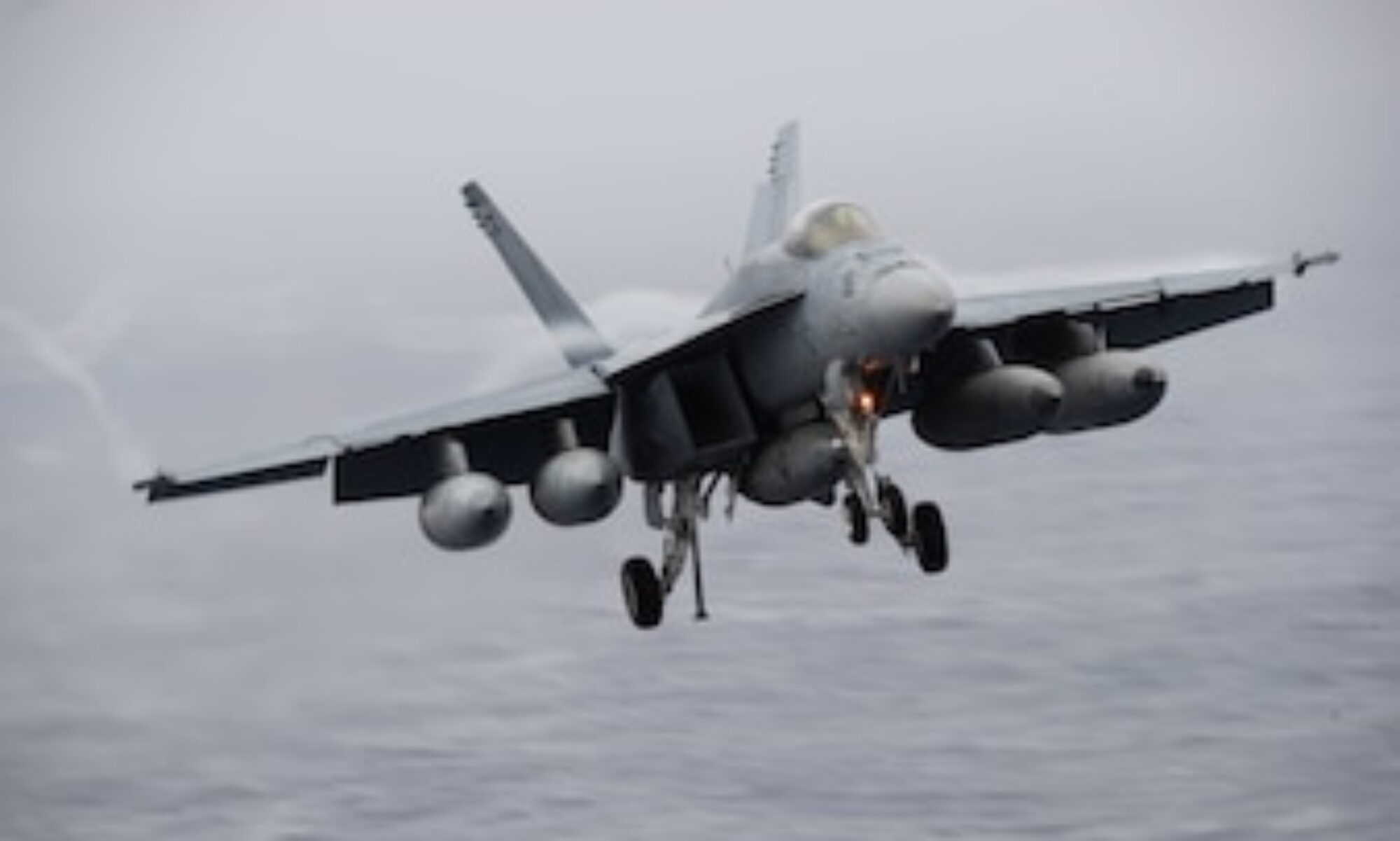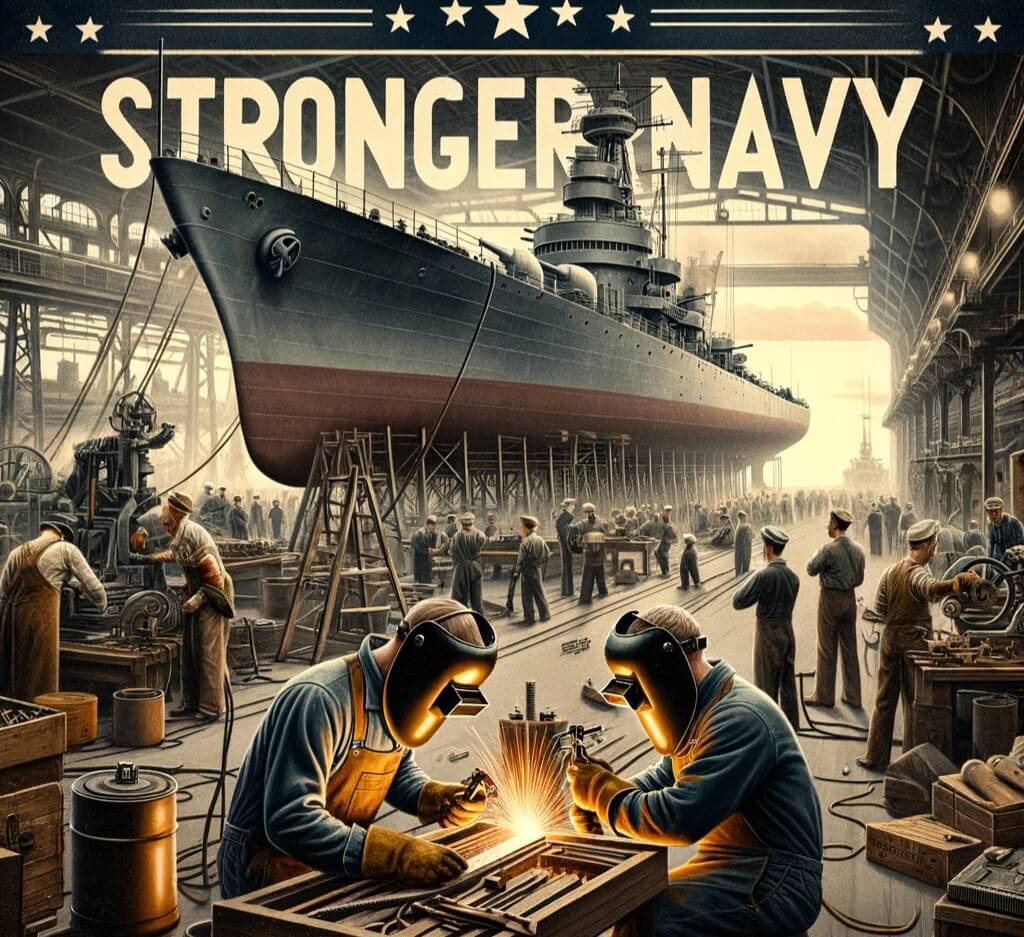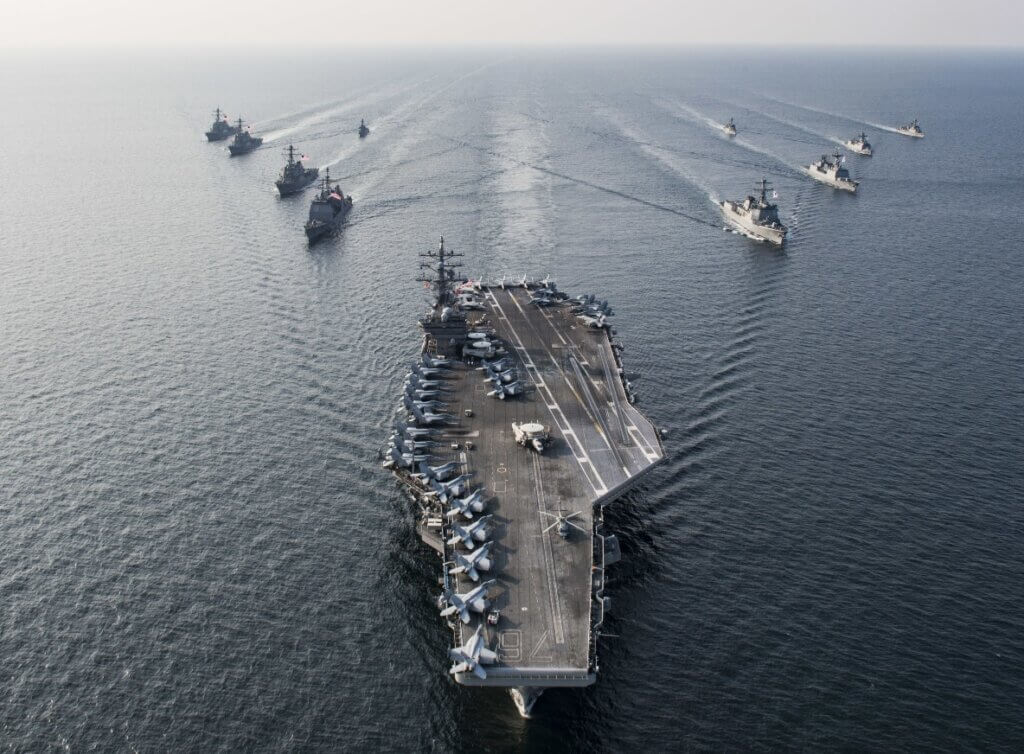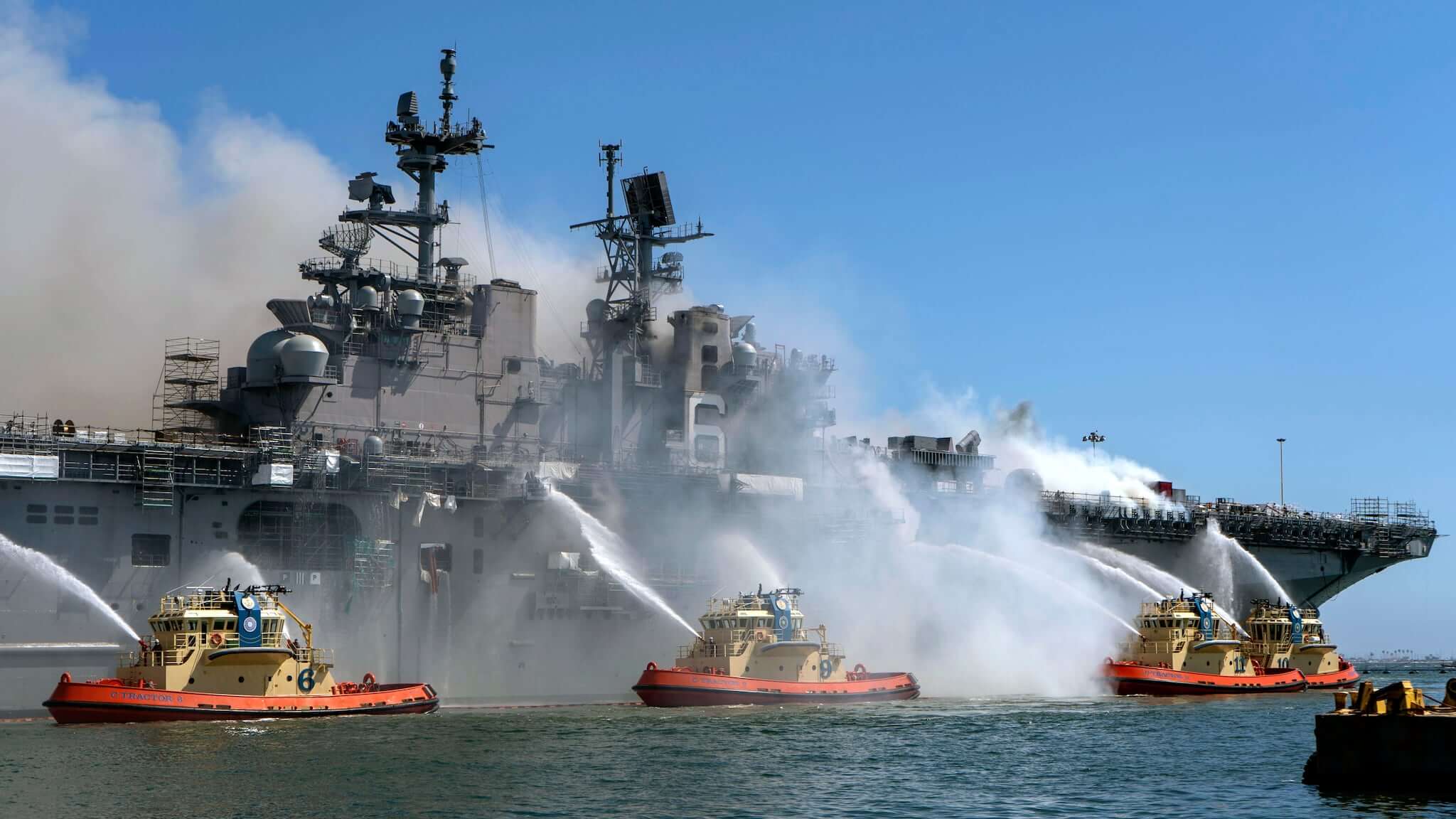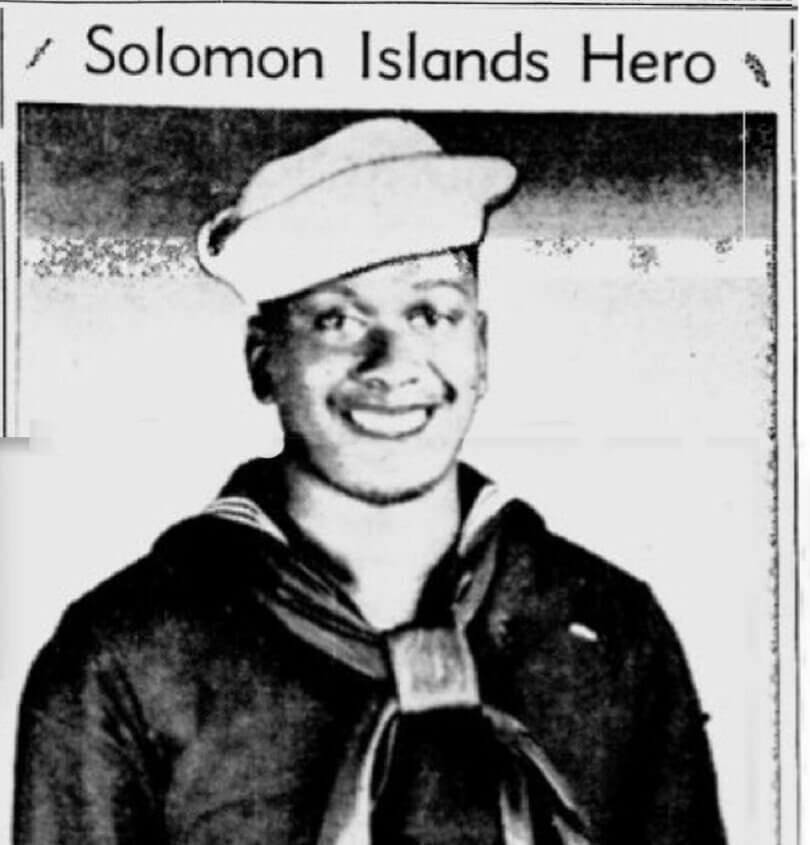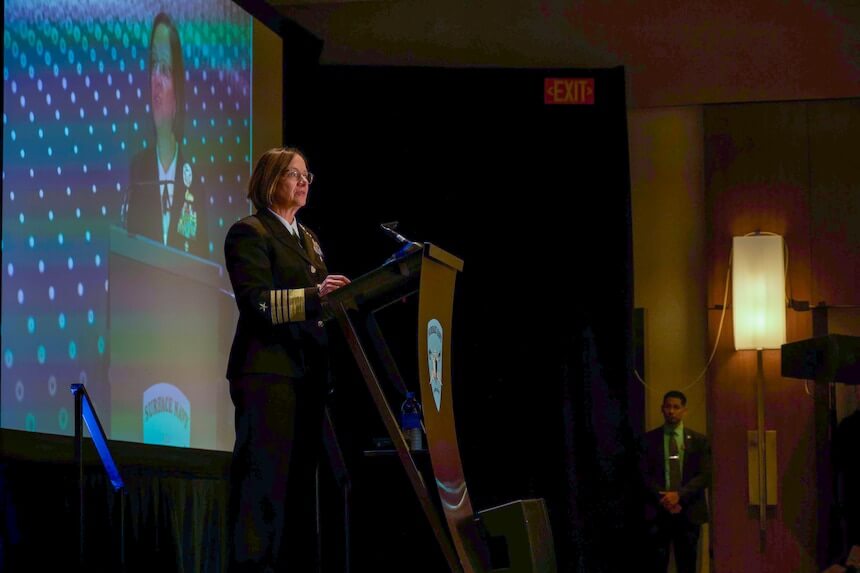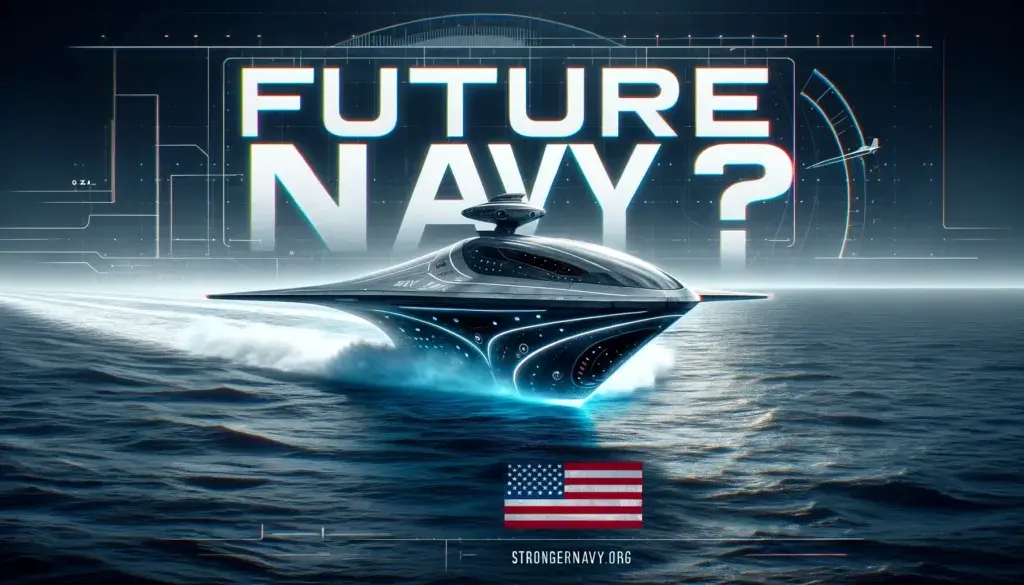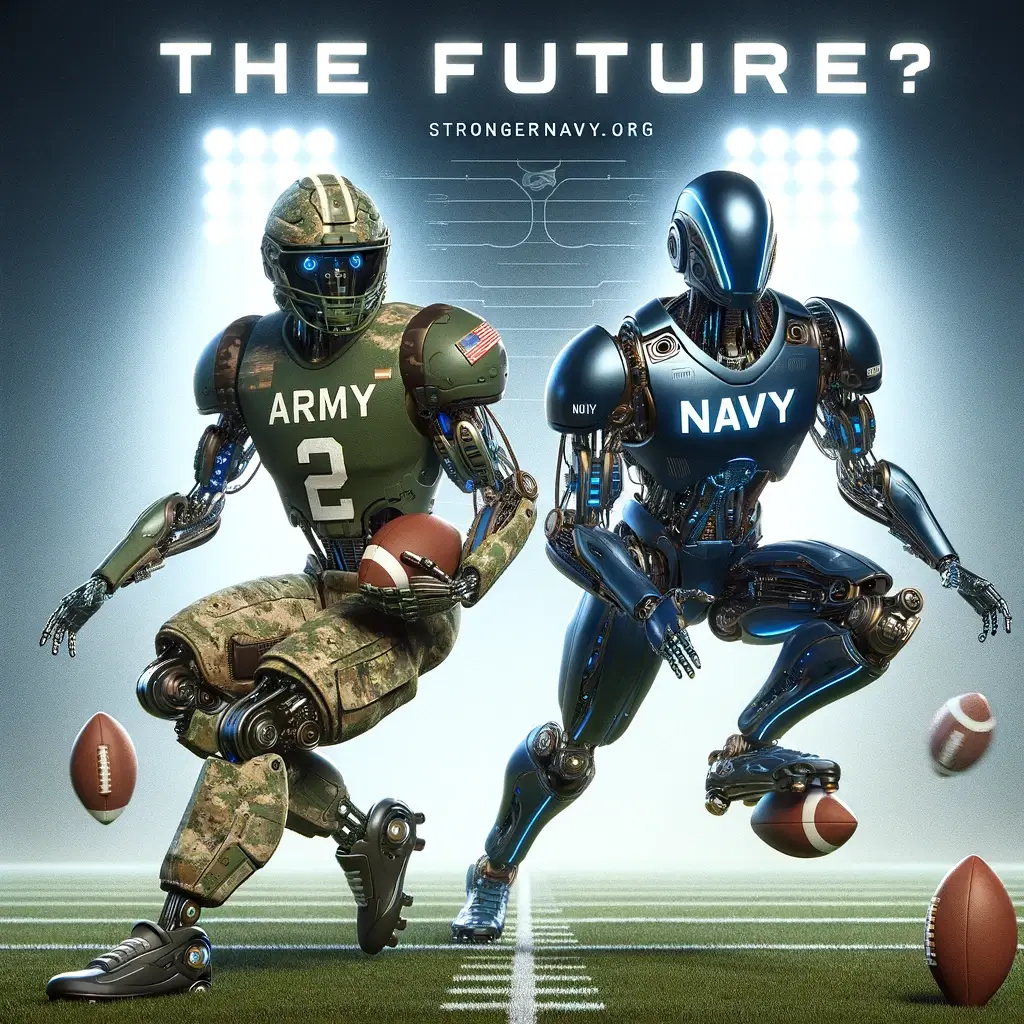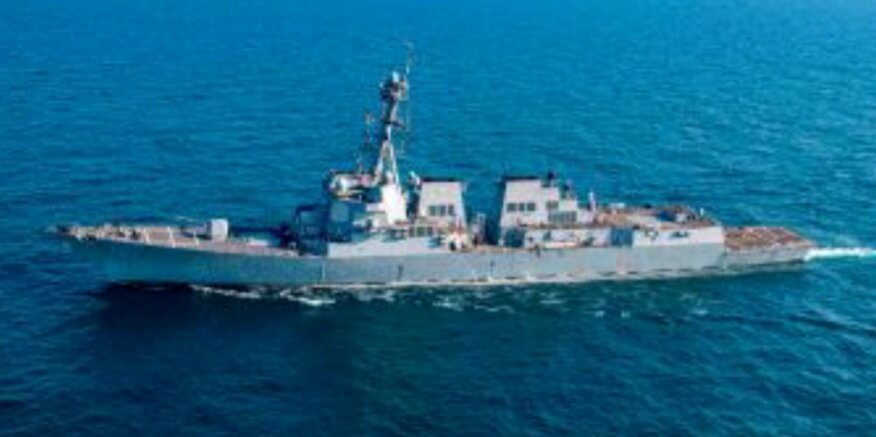
In a concerning development confirmed by the United States Central Command (USCENTCOM), Iranian-backed Houthi militants launched an anti-ship cruise missile towards the Red Sea on January 30, 2024, at approximately 11:30 p.m. Sanaa time. This aggressive action targeted the USS Gravely (DDG 107), a guided-missile destroyer conducting operations in the area. The swift and effective response of the USS Gravely’s advanced defensive systems successfully intercepted and neutralized the missile, averting any potential harm to the vessel and its crew.
This incident brings to light the persistent threats posed by Houthi militants to naval operations and the safety of commercial shipping in the Red Sea, an essential corridor for international trade. The employment of sophisticated weaponry by the Houthis, supported by Iran, marks a notable escalation in regional security challenges, emphasizing the need for continuous vigilance and readiness among naval forces.
The Americans for a Stronger Navy applauds the professionalism and adeptness of the USS Gravely’s crew in addressing this immediate threat. Such events underscore the vital necessity of sustaining a potent and technologically superior navy to safeguard against unprovoked hostilities.
However, this episode also highlights a critical issue facing our naval forces: the challenge of maintaining a sufficient number of ships to support routine deployments, manage crisis situations like the one in the Red Sea, and provide necessary downtime for maintenance, repairs, and training for both ships and sailors. The current operational demands on our fleet reveal a stark reality—we have too few ships to fulfill our global commitments and respond effectively to emergent crises.
To address this gap, the Americans for a Stronger Navy is advocating for the expansion of our fleet. Building a larger navy would enable a more flexible and resilient rotational deployment cycle, ensuring that we can meet both routine and crisis-driven operational demands while also prioritizing the well-being and readiness of our ships and their crews.
As we continue to monitor the evolving situation, we urge the public to grasp the importance of these incidents and the critical role played by the US Navy in securing maritime pathways against adversarial actions. The Americans for a Stronger Navy is dedicated to championing policies and allocating resources that bolster our naval capabilities, ensuring the safety and security of international waters.
We stand in solidarity with our naval servicemembers, who confront these perils with unwavering bravery and commitment, and we reiterate our support for their mission to safeguard our nation’s security and ensure the unimpeded flow of commerce across the globe’s oceans.
Source: https://www.centcom.mil/MEDIA/PRESS-RELEASES/Press-Release-View/Article/3661354/houthis-fire-anti-ship-cruise-missile-toward-red-sea/
